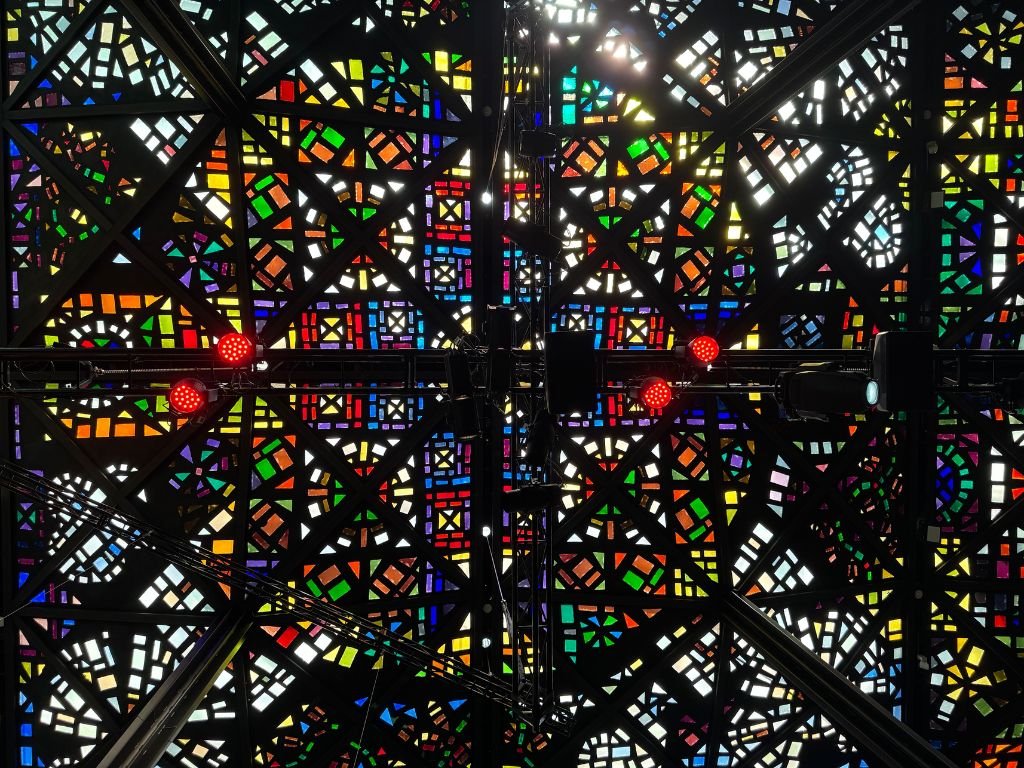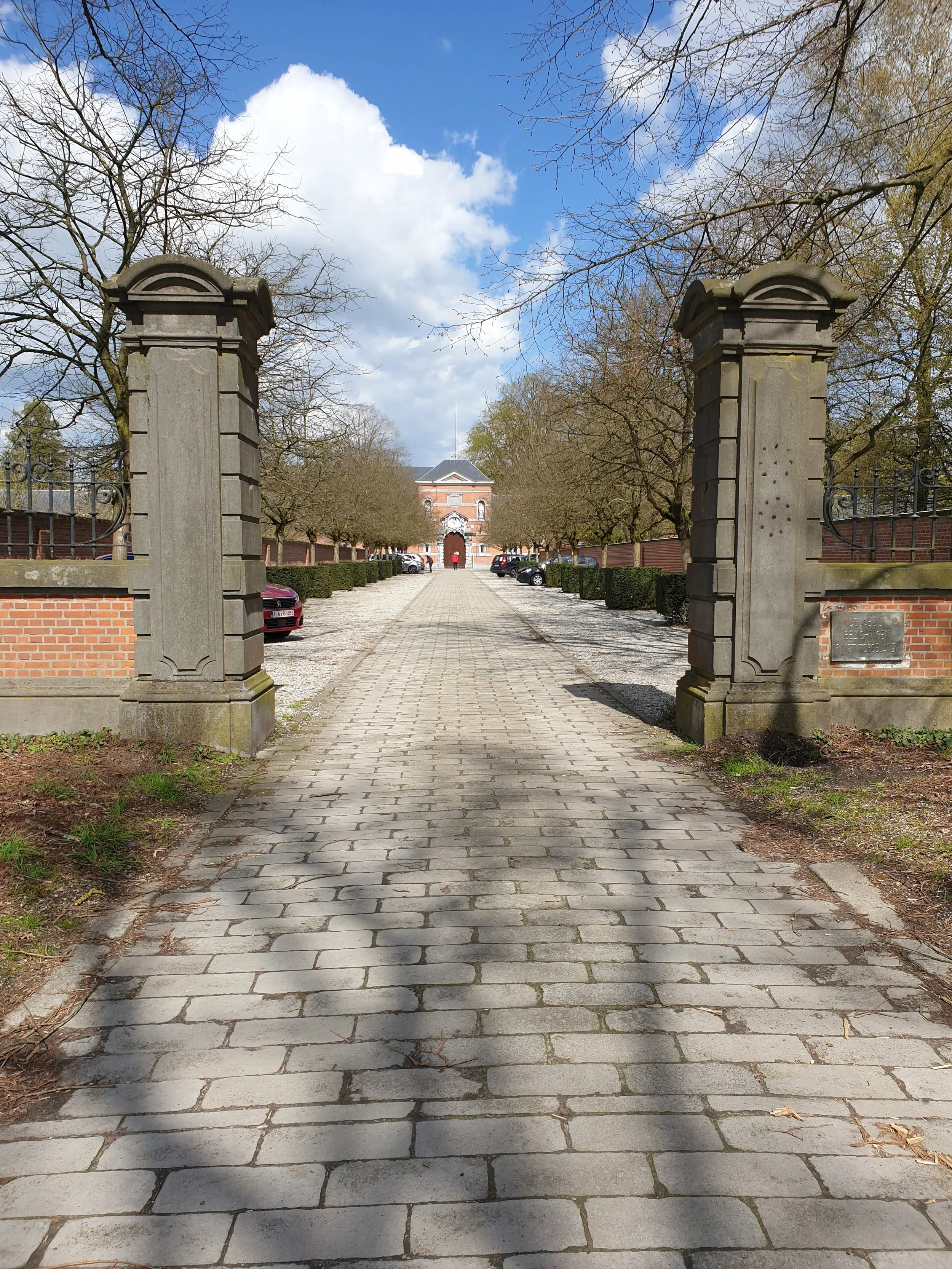The Iconic Trio of Brussels: Manneken, Jeanneke, and Zinneke Pis
Brussels, the heart of Belgium, is known for its stunning architecture, rich history, and of course, its iconic landmarks. Among these, three peculiar sculptures stand out for their charm, humor, and the stories they tell.
Let’s dive into the world of this playful trio that reflects the city's character.
Manneken Pis: The Legendary Peeing Boy
No visit to Brussels would be complete without a stop at Manneken Pis, the city's most famous statue. This little bronze boy, who has been a part of Brussels since 1619, is renowned for his cheeky pose: peeing into a fountain. Standing just 55.5 cm (about 2 feet) tall, Manneken Pis is more than just a whimsical sight – he’s a symbol of Brussels’ irreverent sense of humor.
The origins of the statue are shrouded in legend. One of the most popular tales suggests that a young boy saved the city from a fire by urinating on the flames. Another story says he was lost and later found urinating in the square. Regardless of the story's accuracy, Manneken Pis has become a beloved symbol of the city, celebrated for his rebellious spirit and defiance against authority.
This is one of the most visited spots in Brussels so be prepared for big crowds. If want a selfie you may need to wait a while. Visit early in the morning to avoid the bus loads of tourists (as you can see in the photo)
Manneken Pis Location: 1000 Brussels, Belgium
Jeanneke Pis: The Cheeky Sister
Just a short walk away is Jeanneke-Pis, the lesser-known but equally charming counterpart. This sculpture portrays a young girl squatting and peeing, offering a feminist twist on the tradition started by her male counterpart. Like her famous brother, Jeanneke-Pis is a bronze statue and fountain measuring around 50cm, supported by a basin. The piece was designed in 1985 by artist Denis-Adrien Debouvrie.
The world famous Delirium Café is located in the same small Impasse de la Fidélité (Fidelity Alley) across from Jeanneke. The Delirium Café holds the Guinness World Record for the most beers offered, boasting 2,004 different beers in 2004.
Jeanneke Pis Location: Imp. de la Fidélité 10-12, 1000 Brussels
Zinneke Pis: The Dog of Brussels
Brussels’ third ode to things peeing is a nod to the city’s working-class spirit and its love for dogs. Zinneke Pis, unveiled in 1998, is a tribute to the humble dog, specifically a mixed breed dog, symbolizing the diverse and multicultural identity of the city. Located at the intersection of Rue des Chartreux and Rue du Vieux Marché aux Grains, Zinneke Pis is a playful representation of a dog caught mid-pee.
The name Zinneke refers to a local dialect word for a mixed-breed dog, and the statue’s design plays on Brussels’ rich cultural blend. The dog’s expression is slightly comical, with its tail raised in a cheeky salute.
Zinneke Pis Location: Rue des Chartreux 35, 1000 Brussels
BONUS: GardeRobe MannekenPis
One of the most unique aspects of Manneken Pis is his extensive wardrobe. Over the centuries, the statue has been dressed in hundreds of costumes, ranging from royal attire to military uniforms, and even costumes to celebrate various holidays and events.
His wardrobe is housed in a nearby museum – the GardeRobe MannekenPis – where you can view these outfits up close without the crowds. The museum is a must-visit for fans of the mischievous statue, as it showcases the rich history and cultural significance behind the costumes he has worn through the years. We picked up a great set of cards here. 100% worth the low entry fee.
Location: Rue du Chêne 19, 1000 Brussels. Open Tuesday to Sunday 10-5
‘Zwanze’
Manneken, Jeanneke, and Zinneke Pis are more than just quirky landmarks; they’re an integral part of Brussels’ sense of humor. These statues reflect the city’s ability to laugh at itself and appreciate the lighter side of life.
Brussels, and Belgium in general, are known for a type of self-deprecating, often irreverent humor called "zwanze" (in Brusselian dialect) and "belgitude" (French for "Belgianness"). The word "zwanze" comes from the Flemish dialect, where the verb "zwanzen" means "to joke" or "to kid".
For the lambic beer drinkers in the house, you may associate this term with Zwanze Day with the biannual celebration from kings of wild fermented lambics, Cantillon. Read more about how we celebrated Zwanze Day here in Sydney in 2024.
We loved our fist visit to Brussels and have plans to return in our next European trip.




